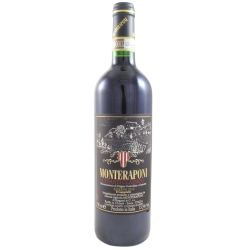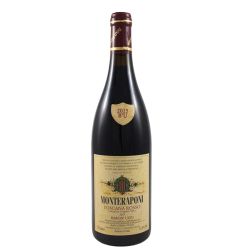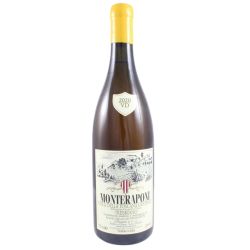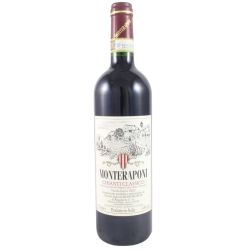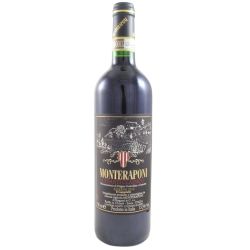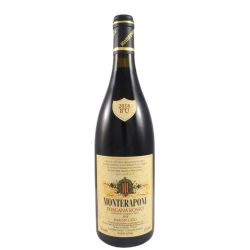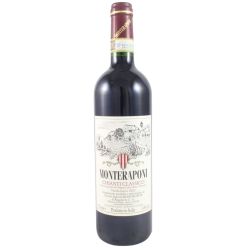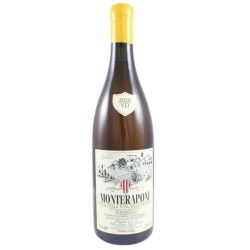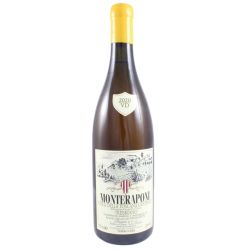Monteraponi

In the late 10th century, Monteraponi, an ancient medieval village situated on the hill by the same name in the heart of the Chianti area, belonged to Count Ugo, Marchese and Governor of Tuscany. Count Ugo then donated it to the abbey he had founded in Poggio Martori (Poggibonsi Alto). The village’s central structure, almost completely intact after hundreds of years, features a square-based tower. Visible along the tower’s keep, at the top, are the so-called archivolts, typical twelfth-century windows. The building, because of its central and elevated position, was most likely the Lord’s residence. The wine cellars, built underneath the tower, where the wine bottles are left to rest, date back to the same period and feature a single-vaulted ceiling. The winery extends over an area of 200 hectares set in a natural amphitheater, which is exposed to the south and sheltered from the north winds. The vineyards are spread over 12 hectares, the olive trees over 8 hectares, while the remaining area is covered with towering, ancient oaks and chestnut trees which surround and isolate the winery from the outside world. Harvesting, which usually begins in early October, is done by hand: the grapes are put in small crates, laid out on a conveyor belt and rinsed thoroughly. The grapes are then placed in a special destemmer, which comes from Burgundy and is designed for delicate grape varieties such as Sangiovese and Pinot Noir. The berries are further hand-sorted on a vibrating sorting table to select only the best ones, which are loaded into the press and undergo soft pressing to keep the skins as whole as possible (Demoisy method). The must is transferred to concrete vats through a peristaltic pump. The wine cellar is housed in age-old buildings, whose thick stone walls maintain constant temperature and humidity level throughout the year. The use of technology is reduced to a minimum, fermentation is carried out in old concrete vats and in elliptical-based, truncated cone-shaped concrete vats manufactured by Nomblot. The vats have no thermal-conditioning system in order to make fermentation as spontaneous and natural as possible. No selected yeast nor activators, feeders or malolactic bacteria are added. Situated next to the winemaking cellar is the ageing cellar, housed in an old building, three-quarters underground, the ideal environment for wine ageing. The wine is aged exclusively in large oak barrels coming from Austria and Burgundy.
Informazioni
- Regione
- Tuscany
- Anno Fondazione
- 1974
- Enologo
- Maurizio Castelli, Simone Rossi e Luca Felicioni
- Agronomo
- Simone Rossi e Luca Felicioni
- Ettari Coltivati
- 12
- Conduzione Agricola
- organic certified.
- Produzione Annua
- 55.000 bottles
- Vino Principale
- Chianti Classico, Chianti Classico Riserva, Toscana Rosso IGT, Trebbiano IGT, Rosato Vin Santo Del Chianti, Grappa e Olio Extravergine Di Oliva Del Chianti Classico DOP.
- Indirizzo
- Località Monteraponi - 53017 Radda In Chianti
Territorio
List of products by brand Monteraponi
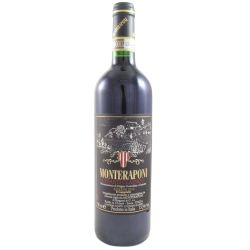
Monteraponi - Chianti Classico Riserva "Il Campitello" Biologico 2021 Magnum
- -2%



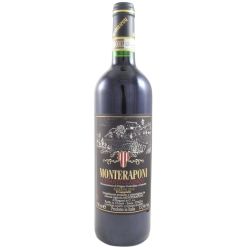
Monteraponi - Chianti Classico Riserva "Il Campitello" Biologico Doppia Magnum 2021
- -5%



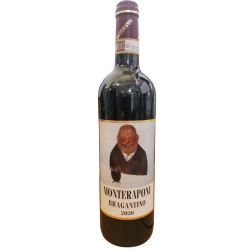
Monteraponi - Chianti Classico Gran Selezione "Bragantino" Biologico 2020 Ml. 750
- -4%



